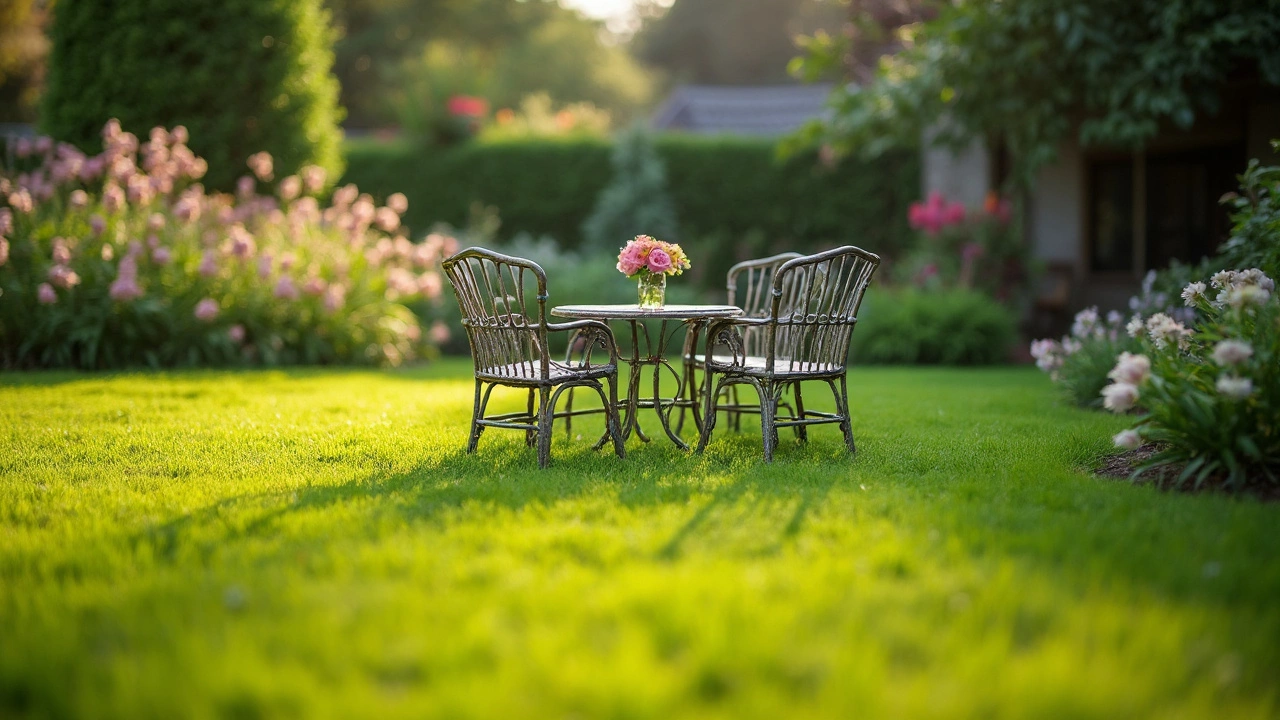If your garden looks tired or you’re not sure where to start, you’re not alone. Most people think garden upkeep is a big job, but breaking it into simple tasks makes it manageable. Below are the core things you should do every month, plus a few extra ideas to keep your outdoor space looking its best.
Good soil is the foundation of any garden. Start by checking the soil moisture with your finger – if the top 2 cm feels dry, it’s time to water. Water early in the morning so the foliage can dry and avoid fungal problems. When you water, aim for a deep soak so roots grow downwards. Adding a thin layer of compost or well‑rotted manure once a season improves nutrient levels without a lot of effort.
Spring: Remove any leftover winter debris, prune dead branches, and spread a light mulch around plants. Mulch helps retain moisture and suppresses weeds. Summer: Keep an eye on weeds – pull them while they’re still small. Heat can stress plants, so give them a quick mist on hot days if the soil feels dry. Autumn: Cut back perennials, clear fallen leaves, and add a layer of leaf mould to the soil. Winter: Check garden tools, sharpen blades, and store them dry to avoid rust.
Don’t forget to inspect garden furniture, especially if you have outdoor pieces from Rustic Social. Look for loose bolts, wipe down surfaces, and apply a protective oil to wood or a rust‑inhibitor to metal. A quick once‑a‑year check keeps furniture ready for the next season.
One trick many gardeners overlook is the “soil test kit” you can buy at most DIY stores. It tells you the pH and nutrient balance in a few minutes. If the test shows the soil is too acidic, spread garden lime; if it’s alkaline, add a little sulfur. Adjusting pH helps plants absorb nutrients more efficiently.
Another easy habit is to set a timer on your irrigation system. Even a 15‑minute weekly timer can save water and keep plants from drowning. Pair this with rain barrels to collect runoff; you’ll use less tap water and lower your bill.
When planting, choose native species where possible. They need less water, fewer fertilizers, and are more resistant to local pests. If you love colourful flowers, mix a few native shrubs with annuals for a balanced look.
Finally, keep a small notebook or a phone note with dates of major tasks – planting, fertilising, pruning. This simple log helps you see patterns and plan ahead without guessing.
Garden maintenance doesn’t have to be a chore. By doing a few focused actions each month, you’ll see healthier soil, happier plants, and a yard you enjoy all year. Grab a trowel, set a schedule, and watch your outdoor space come alive.

Putting garden furniture directly on grass can seem convenient, but it might not always be the best idea. Understanding the pros and cons helps make an informed decision, ensuring both your furniture and grass stay in good condition. We'll look at potential impacts on your lawn, offer tips for protecting your outdoor space, and explore alternative solutions. This guide aims to help you enjoy your outdoor area while keeping it lush and beautiful.
More